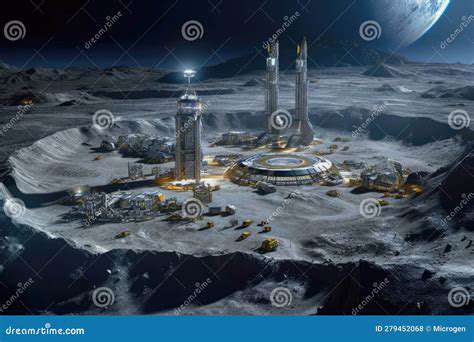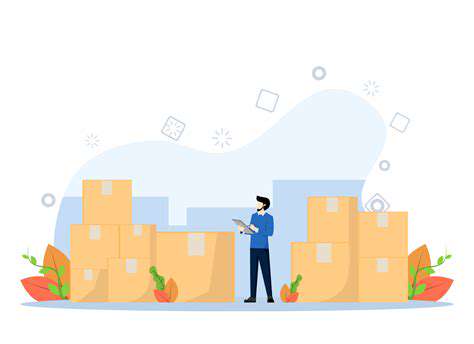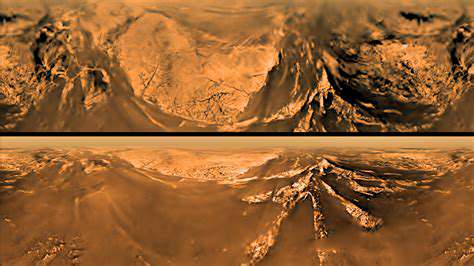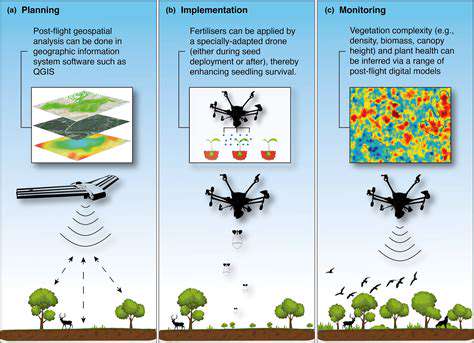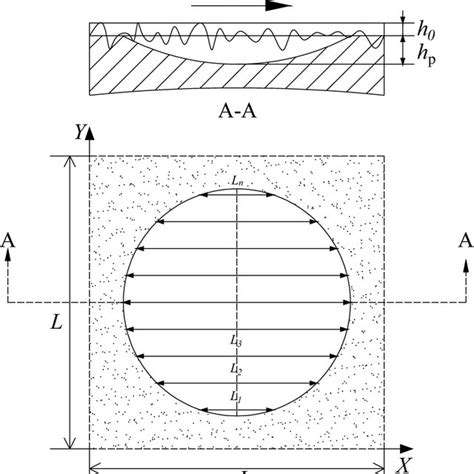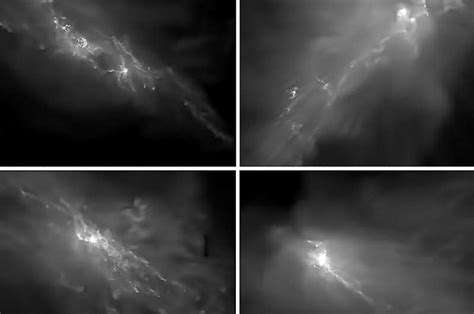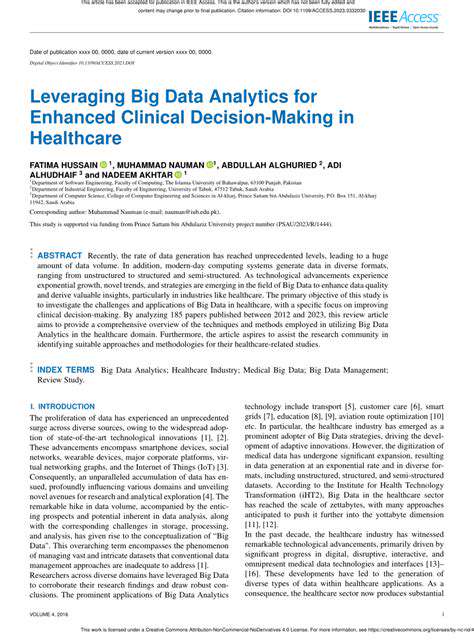The Intriguing Potential of Lunar Water Ice
The Abundance and Accessibility of Lunar Water Ice
The discovery of substantial quantities of water ice in permanently shadowed craters on the Moon has revolutionized our understanding of lunar resources and opened up exciting possibilities for future lunar exploration and exploitation. This ice, trapped within the lunar regolith, presents a readily available source of both water and hydrogen, crucial elements for sustaining human presence on the Moon and potentially even for launching further missions to destinations beyond. The potential for in-situ resource utilization (ISRU) on the Moon, leveraging this lunar water ice, is a game-changer for future space exploration.
Precise estimations of the ice deposits vary depending on the specific crater and the methods used for detection. However, the sheer volume of water ice potentially accessible on the Moon suggests a significant resource base. This abundance offers a compelling argument for the feasibility of establishing a sustainable lunar base and even a stepping stone for further exploration of our solar system.
Potential Applications for Lunar Water Ice
Lunar water ice holds immense promise for a variety of applications, going beyond simply providing drinking water. It can be broken down into its constituent elements, hydrogen and oxygen, which are essential for creating rocket propellant. This capability would dramatically reduce the need to transport these critical elements from Earth, significantly lowering the cost of lunar missions and enabling more ambitious exploration plans. Moreover, oxygen can be used for life support systems, while hydrogen can be used in various chemical processes, further enhancing the self-sufficiency of a lunar base.
Beyond propellant production, water ice can be used to create breathable air, and even to produce construction materials. The possibilities are truly vast. The availability of this water ice on the Moon opens the door to a future where humanity can establish a sustained presence on the lunar surface, reducing the risks associated with relying entirely on resupply missions from Earth.
Challenges in Lunar Water Ice Extraction
While the potential benefits of lunar water ice are undeniable, there are significant challenges associated with extracting and processing it. The extreme temperature fluctuations on the Moon, the vacuum environment, and the harsh radiation conditions pose significant engineering hurdles. Developing robust and reliable technologies for extracting water ice from the permanently shadowed craters, while maintaining the safety and productivity of the extraction process, is crucial for the success of lunar water ice mining operations. These technological advancements require substantial investment and innovation.
Economic Considerations and Future Prospects
The economic viability of lunar water ice mining hinges on the development of cost-effective extraction and processing technologies. Understanding the precise quantities and distribution of the ice deposits, and the establishment of efficient transportation systems within the lunar environment, are essential factors for determining the potential return on investment. The development of a robust supply chain for lunar resources, including water ice, is vital for establishing a long-term economic model for lunar operations. The future of lunar water ice mining is inextricably linked to the development of advanced technologies and the establishment of a sustainable lunar economy.
Mining Techniques and Equipment for Lunar Ice Extraction
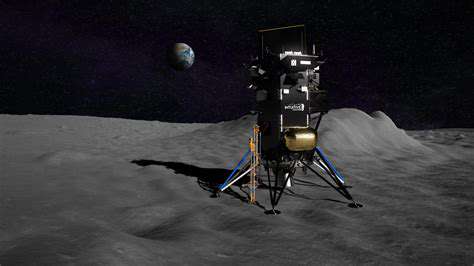
Mining Techniques
Modern mining techniques are crucial for efficient and safe extraction of valuable minerals. These techniques encompass a wide range of approaches, from traditional open-pit mining to sophisticated underground methods like longwall and room-and-pillar mining. The selection of the most appropriate technique depends heavily on the geological characteristics of the deposit, the desired extraction rate, and environmental considerations. Different techniques have varying impacts on the surrounding environment, and careful planning and implementation are paramount to minimize negative consequences.
Open-pit mining, a common method for extracting large quantities of ore, involves removing the overburden (the layers of rock and soil covering the ore body) and then extracting the ore. This method is often cost-effective for large deposits near the surface, but it can lead to significant land disturbance and environmental impacts, including habitat loss and water contamination. Therefore, careful environmental impact assessments are essential.
Equipment for Open-Pit Mining
Open-pit mining relies on specialized equipment to excavate, transport, and process the ore. Large-scale excavators, such as shovels and draglines, are employed for removing the overburden and ore. These machines are often enormous, capable of moving hundreds of tons of material per hour. Conveying systems, including belt conveyors and trucks, are vital for transporting the extracted material to processing plants. The efficiency and capacity of these systems directly influence the overall productivity and profitability of the mining operation.
Furthermore, specialized equipment like drilling rigs and blasting systems are essential for breaking up the ore and overburden. The selection of equipment is driven by factors like the ore's hardness, the depth of the pit, and the desired rate of extraction. Safety features are paramount in all mining equipment, as accidents can have devastating consequences. Strict adherence to safety protocols is crucial to minimize risks in the workplace.
Underground Mining Techniques
Underground mining is employed when the ore body lies deep beneath the surface. It involves intricate tunneling and excavation to reach the ore, often using methods like longwall mining, which is used for extensive coal seams. The primary objective is to extract the ore while maintaining the stability of the surrounding rock and minimizing environmental impact. This involves meticulous planning, sophisticated support systems, and constant monitoring of the mine's stability.
Room-and-pillar mining is another method used in underground operations. This process involves excavating rooms in the ore body, leaving pillars of rock to support the roof. However, this technique can sometimes lead to instability and potential collapse, necessitating careful planning and design to maintain the safety of the miners and the integrity of the mine.
Processing and Transportation
After extraction, the ore undergoes processing to separate the valuable minerals from the waste rock. This often involves crushing, grinding, and flotation. The efficiency of this processing directly impacts the quality and yield of the final product. Effective processing is essential to maximize the recovery of valuable minerals and minimize the environmental impact of waste disposal. The final step involves transporting the processed minerals to markets for further use. This often involves large-scale logistical planning and specialized transport vehicles.
The selection of the most appropriate transportation method depends on factors such as distance, volume, and terrain. Safe and efficient transportation of the extracted minerals is crucial for the overall success of the mining operation, as it ensures timely delivery and minimizes potential losses.
Economic Implications and Future Applications
Economic Implications of Lunar Ice Mining
The economic implications of lunar ice mining are substantial and multifaceted, potentially revolutionizing industries on Earth and opening up new avenues for space exploration. Lunar ice, a resource abundant in water molecules, could be a crucial component for life support systems, rocket fuel production, and even the creation of oxygen for future lunar settlements. This resource, once extracted and processed, could be sold to private companies, governments, and even future spacefaring corporations, generating significant revenue streams and fostering a robust space economy. The potential for substantial profits from these ventures could attract significant investment and stimulate technological innovation in space resource extraction and processing, leading to exponential growth in related industries.
Beyond immediate financial gains, lunar ice mining could pave the way for long-term economic sustainability in space. The ability to produce essential resources on the Moon, rather than relying solely on transport from Earth, would drastically reduce costs and risks associated with space exploration and colonization. This self-sufficiency could also reduce reliance on Earth's finite resources, fostering a more sustainable and resilient future for all of humanity. The establishment of a robust lunar economy could also attract skilled labor and further incentivize research and development in various scientific and technological fields, creating a virtuous cycle of economic and technological advancement.
Future Applications of Lunar Ice
The potential applications of lunar ice extend far beyond immediate economic gains. Processing lunar ice into water, hydrogen, and oxygen has implications for the development of sustainable life support systems for future lunar and Martian settlements. This crucial resource would be vital for sustaining human life in the harsh environments of these extraterrestrial locations. Moreover, the production of rocket fuel from hydrogen extracted from lunar ice could significantly reduce the costs and environmental impact of space travel, making it more accessible and sustainable for both commercial and scientific endeavors.
Beyond life support and propulsion, lunar ice could also be a critical component for establishing a robust lunar infrastructure. The production of building materials and manufacturing components from lunar resources could significantly reduce the need for transporting materials from Earth, further minimizing costs and risks associated with space operations. This localized resource utilization could also be leveraged to create a closed-loop system where waste products are recycled and reused, fostering a more sustainable and self-sufficient lunar environment.
Finally, the extraction and processing of lunar ice could lead to a deeper understanding of the Moon's geological history and composition, potentially unlocking new scientific discoveries and advancing our knowledge of planetary formation and evolution. This scientific exploration could lead to breakthroughs in various fields and contribute to the overall advancement of human knowledge and understanding of the universe.
International Collaboration and Regulatory Frameworks
International Agreements on Lunar Resources
Establishing clear international agreements regarding the ownership, exploitation, and governance of lunar resources is crucial for preventing conflicts and fostering responsible resource extraction. These agreements need to address issues like resource ownership (is it owned by the discovering nation, the international community, or a specific organization?), the environmental impact of mining operations, and the equitable distribution of benefits derived from lunar ice extraction. International cooperation and the development of universally accepted protocols are essential to ensure a sustainable and peaceful future for lunar resource utilization.
Existing space treaties, while providing a foundation, may not adequately address the specifics of lunar ice mining. New frameworks need to be negotiated, likely involving significant input from spacefaring nations, international organizations, and potentially private companies. Such agreements would need to consider the unique challenges of the lunar environment and ensure that any exploitation is done in a manner that respects the delicate balance of the lunar ecosystem and the interests of all parties involved.
Environmental Impact Assessments and Mitigation Strategies
Lunar ice mining operations will inevitably have environmental impacts, and thorough assessments are needed before any large-scale extraction begins. These assessments should consider the potential for dust storms, the disruption of lunar surface features, and the potential contamination of the lunar environment with mining waste. Mitigation strategies are crucial to minimize these impacts and ensure the long-term preservation of the lunar landscape.
Scientists and engineers must develop innovative techniques to minimize the disturbance to the lunar surface during the mining process. This could involve specialized robotic arms for delicate excavation, or the use of targeted extraction methods that avoid damaging the surrounding terrain. The proper disposal of waste materials is another critical aspect, demanding careful consideration of the unique lunar environment and its long-term stability.
Regulatory Frameworks for Resource Ownership
Clear regulatory frameworks are necessary to define ownership rights to lunar ice deposits, as well as to establish procedures for claims and dispute resolution. These frameworks should be transparent and equitable, ensuring that all parties involved have a fair opportunity to participate in the development of lunar resources. This includes considering the potential for private sector involvement and how their activities might be governed and regulated.
Safety and Security Protocols for Lunar Operations
The unique challenges of the lunar environment necessitate robust safety and security protocols for lunar ice mining operations. These protocols must address issues like radiation exposure, extreme temperature variations, and the potential for equipment malfunctions. International standards and best practices need to be developed and adhered to, fostering a safe and secure environment for all personnel involved in the process.
Rigorous training programs and safety procedures for astronauts and robotic systems operating on the lunar surface are crucial. Safety measures need to consider the potential for accidents and failures, and procedures for responding to emergencies, including equipment breakdowns and unforeseen circumstances must be established and practiced.
Liability and Insurance for Lunar Accidents
Establishing clear liability and insurance frameworks for potential accidents and damages during lunar ice mining operations is critical. This includes addressing the potential for equipment failures, environmental damage, and personal injuries. Specific insurance policies and legal frameworks are essential to protect all parties involved, preventing costly legal battles in the event of accidents and ensuring accountability.
Ethical Considerations for Lunar Resource Exploitation
Ethical considerations must be central to any discussion of lunar ice mining. The potential for exploitation of resources, particularly by powerful nations or corporations, must be considered and mitigated. Mechanisms for equitable distribution of benefits and ensuring that the extraction of lunar resources does not come at the expense of the environment or the well-being of future generations must be integrated into the regulatory frameworks. Ethical guidelines should be developed to ensure the long-term sustainability and responsible use of the lunar resources.
